Barbara Grosz
The AI Index 2021 Annual Report
Mar 09, 2021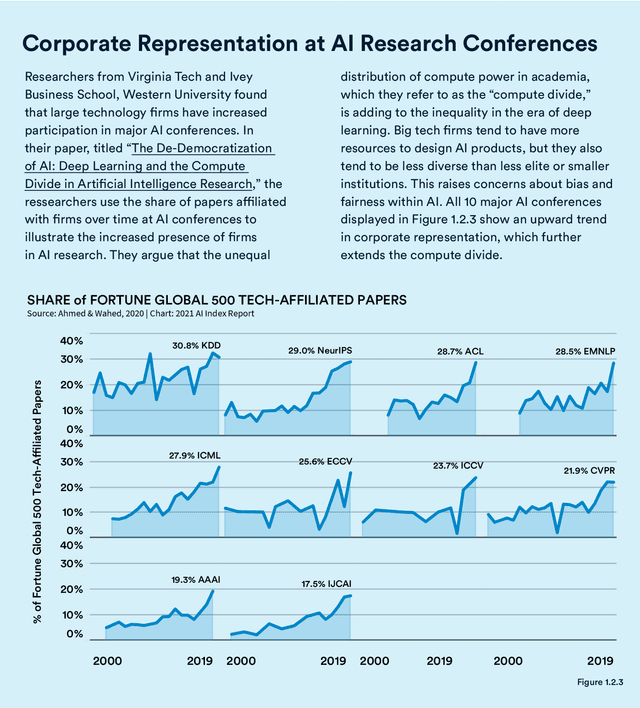
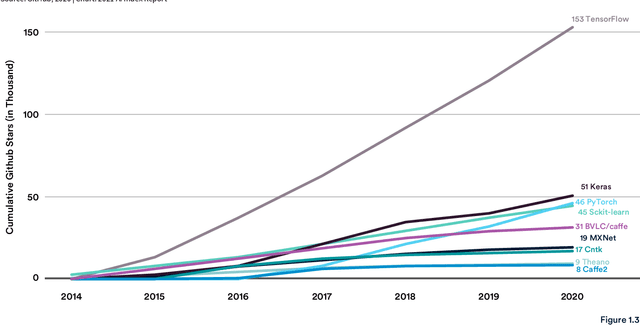
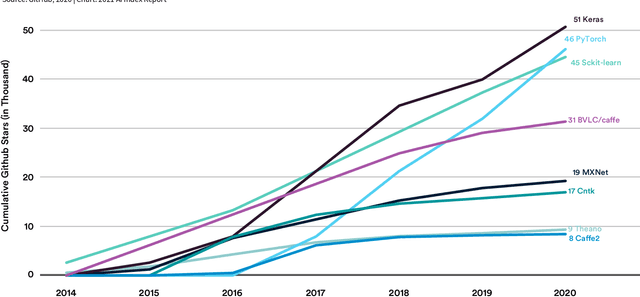
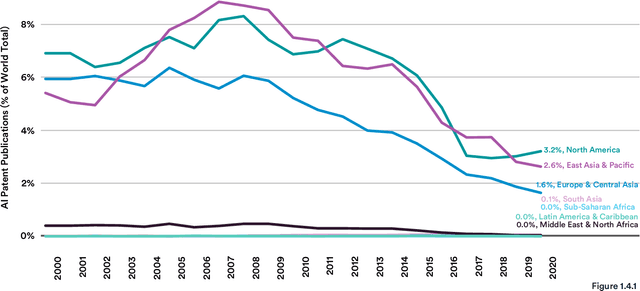
Abstract:Welcome to the fourth edition of the AI Index Report. This year we significantly expanded the amount of data available in the report, worked with a broader set of external organizations to calibrate our data, and deepened our connections with the Stanford Institute for Human-Centered Artificial Intelligence (HAI). The AI Index Report tracks, collates, distills, and visualizes data related to artificial intelligence. Its mission is to provide unbiased, rigorously vetted, and globally sourced data for policymakers, researchers, executives, journalists, and the general public to develop intuitions about the complex field of AI. The report aims to be the most credible and authoritative source for data and insights about AI in the world.
Interpretable Models of Human Interaction in Immersive Simulation Settings
Sep 24, 2019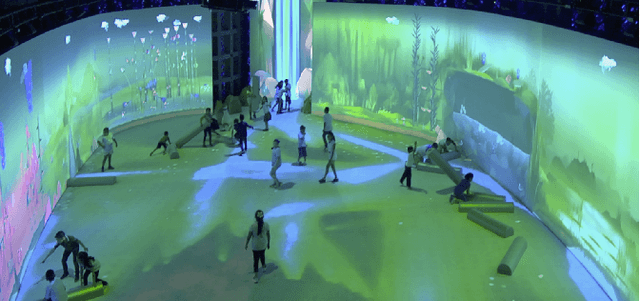
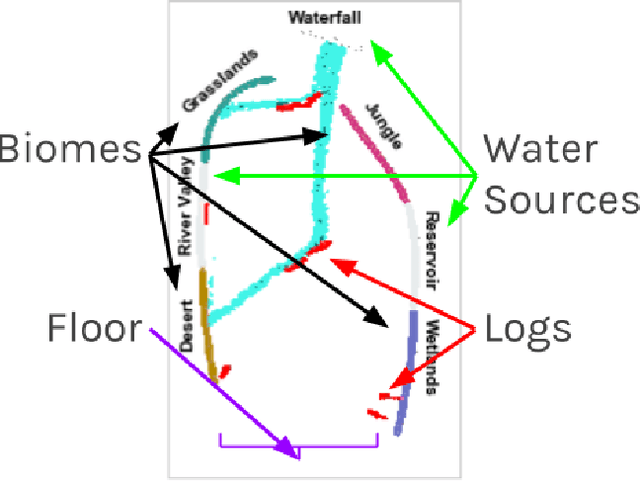
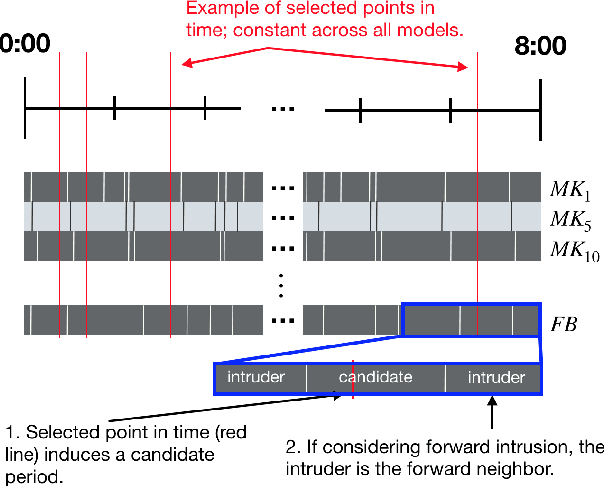

Abstract:Immersive simulations are increasingly used for teaching and training in many societally important arenas including healthcare, disaster response and science education. The interactions of participants in such settings lead to a complex array of emergent outcomes that present challenges for analysis. This paper studies a central element of such an analysis, namely the interpretability of models for inferring structure in time series data. This problem is explored in the context of modeling student interactions in an immersive ecological-system simulation. Unsupervised machine learning is applied to data on system dynamics with the aim of helping teachers determine the effects of students' actions on these dynamics. We address the question of choosing the optimal machine learning model, considering both statistical information criteria and interpretabilty quality. Our approach adapts two interpretability tests from the literature that measure the agreement between the model output and human judgment. The results of a user study show that the models that are the best understood by people are not those that optimize information theoretic criteria. In addition, a model using a fully Bayesian approach performed well on both statistical measures and on human-subject tests of interpretabilty, making it a good candidate for automated model selection that does not require human-in-the-loop evaluation. The results from this paper are already being used in the classroom and can inform the design of interpretable models for a broad range of socially relevant domains.
 Add to Chrome
Add to Chrome Add to Firefox
Add to Firefox Add to Edge
Add to Edge